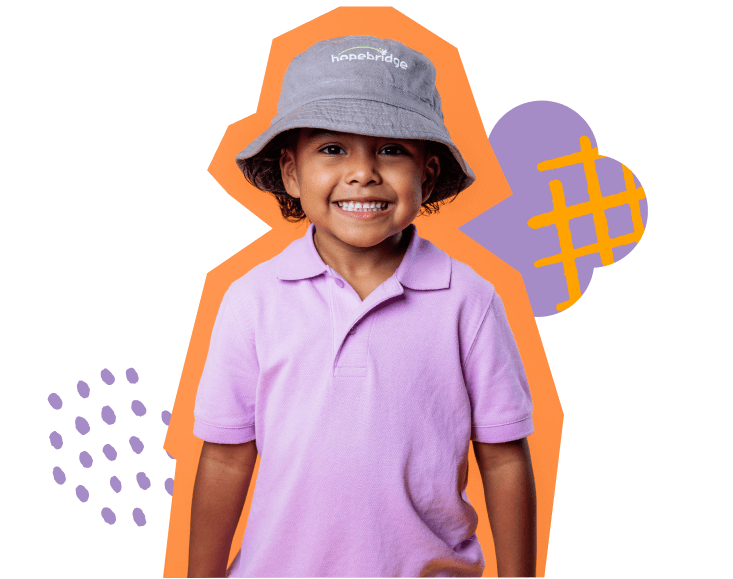Defining Autism, Clinically Speaking.
We value your child. We think their uniqueness is awesome and we’re so excited to meet them and learn more about them.
So, what does autism mean? While the range of autism is broad and the term means something different to everyone, it is still important to understand the clinical definition so children can be properly diagnosed and have the option to receive additional services that can help them reach their true potential. Autism spectrum disorder (ASD) is a neurological, developmental disorder that can cause social, communication and repetitive and rigid behavior challenges.
What does it look like? In a child, it could be difficulties communicating or socializing with others, paired with restrictive or repetitive behaviors, interests or activities that may get in the way of other important skills.
